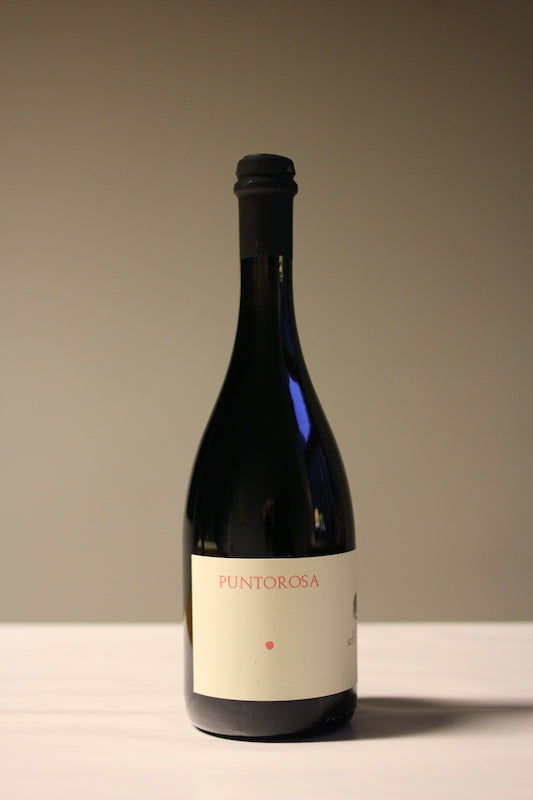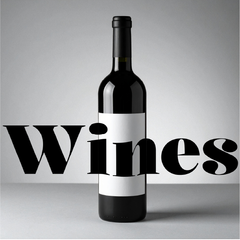Free shipping within Austria from € 99
Free shipping to Germany from € 120
Shipping costs within the EU
Payment methods
Podere Sottoilnoce
Puntorosa 2023 – Rosato Frizzante
Puntorosa 2023 – Rosato Frizzante
Couldn't load pickup availability
The rosé Frizzante Puntorosa is, in the best sense of the word, what one would call a true estate cuvée. It literally brings together grapes from all the vineyards of Podere Sottoilnoce – thus reflecting the estate’s complete terroir and the full range of its grape varieties.
The vineyards extend from 180 to 300 meters above sea level, are mainly based on clay and marl, and are shaped by a climate that blends the warmth and humidity of the receding Po Valley with the cooler influences of the first Apennine foothills.
The grape varieties form a colorful mix: several members of the Lambrusco family, the locally typical white varieties Trebbiano di Modena and Trebbiano di Spagna, and the rare and fascinating Uva Tosca.
That this diversity of topography, geology, climate, and grape varieties results in such a deeply harmonious wine is due to the remarkable sensitivity Max Brondolo has shown since his first harvest in 2017. Added to this is his thoroughly artisanal approach, guided by organic and biodynamic principles in the vineyard, and a minimalist, non-interventionist philosophy in the cellar.
The result is a Frizzante that highlights aromas of herbs, lingonberries, and pomegranate, and flows across the palate with clarity, tension, precision, and length.
Technical Data
Varieties: All grape varieties from Sottoilnoce
Vineyard: Grapes from all estate vineyards
Harvest: By hand
Fermentation: Spontaneous | wild yeasts + natural second fermentation in the bottle
Maturation: In bottle
Filtration: None
SO₂: < 25 mg/l
Alcohol: 12.5% vol.
Closure: Crown cap
Serving temperature: 8–10 °C
Optimal drinking window: Now – 2028
Content and price per liter: 0.75 l (€21/l)
All winemakers listed by Vinonudo work their vineyards using compost, organic fertilizers, and natural preparations, and completely avoid herbicides, pesticides, and synthetic fertilizers.
Share







